
Need assistance?
Need Assistance? Call Us 0330 058 0630
02/05/2025 • by Alice P
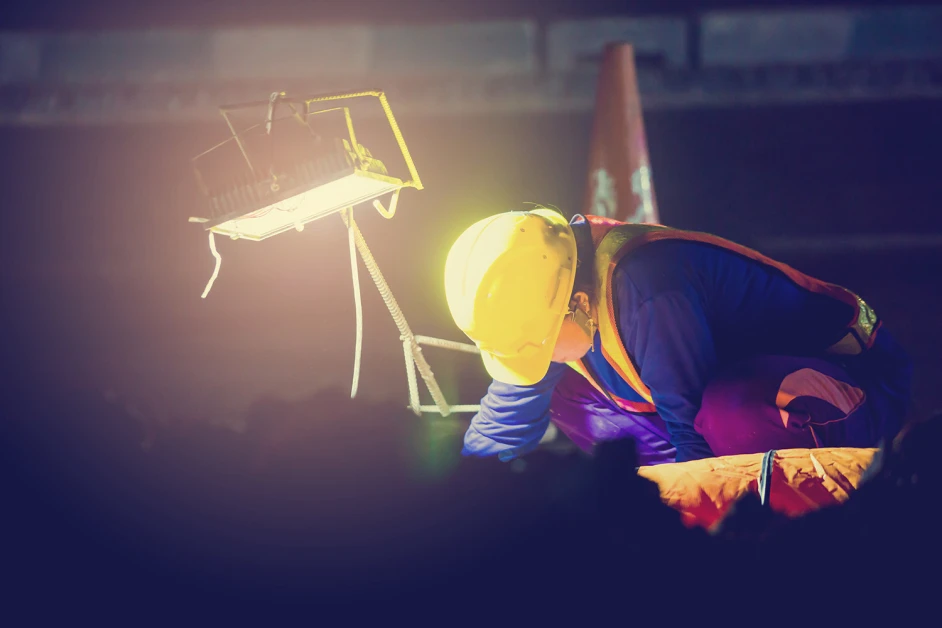
Construction sites can quickly become a dangerous place to work. Builders may be on worksites throughout the night with minimal visibility, they may work in remote locations and often will need to operate heavy machinery.
Therefore, construction site lights are vital to protect workers and the environment they are working on.
Construction site lighting is not a one-size-fits-all. Adequate lighting levels might change depending on the building site.
There are also many types of lighting solutions available. From LED worklights to floodlights, lighting can take many forms. Ultimately, different worklights will help overcome different challenges.
Choosing the best lighting for a construction site can seem overwhelming. This blog will break down the importance of construction lighting, the types of worklights to invest in and when to install lighting for the best protection.
Construction site lights keep people safe.
Adequate lighting is essential for construction sites to help identify potential risks. Worklights help workers safely operate dangerous machinery, help people continue to work safely and efficiently throughout periods of low visibility, and help prevent injuries or accidents.
Construction site lights also prevent unauthorised access to work sites. By always keeping the entire construction site well-lit, it will deter thieves and identify any potential danger.
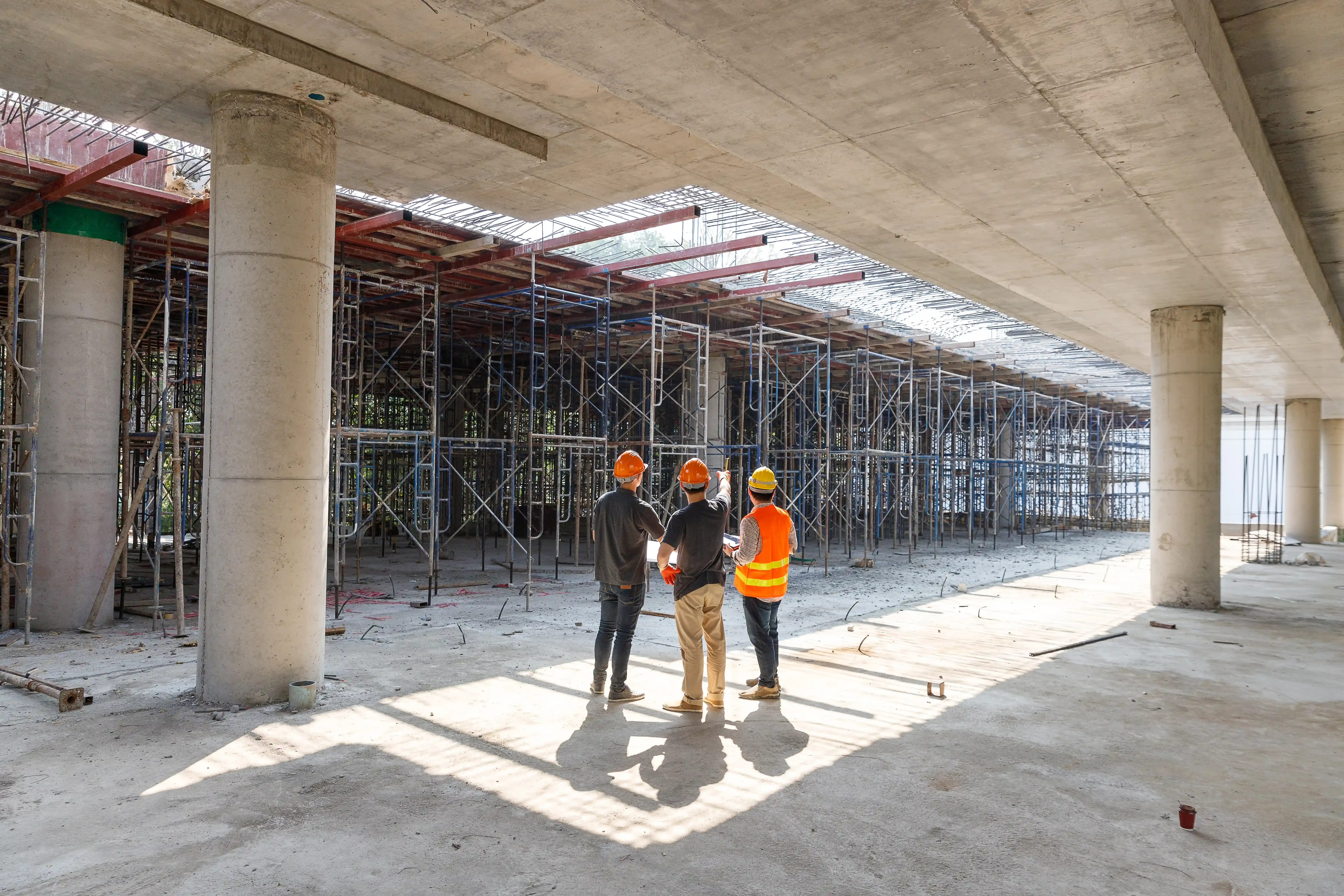
The specific need for lighting can vary depending on the size of the construction site. The intended purpose of the lighting can also vary (to cover large areas at once or act as an attachment to fit to movable equipment).
A worklight with a tripod is simply a fixed stand for lighting to be fitted to and to keep the lighting elevated from the ground.
Tripod worklights are a great solution to fast-changing environments such as busy worksites. The height can be adjusted easily, meaning lighting can either be a direct beam or a dimmer wash of light.
During tight schedules, workers will not want to waste time readjusting and setting up lighting again and again. However, tripods make light adjustments quick and easy. A worklight with a tripod is also an affordable choice.
Versatile
Easily transportable
Adaptable to meet a worker's desired purpose
However. A worklight with a tripod is not a perfect option. It also comes with its own risks.
Can lack stability. Although tripods are stands which have three legs to hold them in place, these legs can be fragile. In a fast-paced environment, such as a construction site, wear and tear can occur quickly.
This may result in the worklight with tripod deteriorating quicker than other lighting products.
Bulbs can overheat. This excessive heat can affect workers' health. Overheating bulbs also carry the risk of causing a fire.
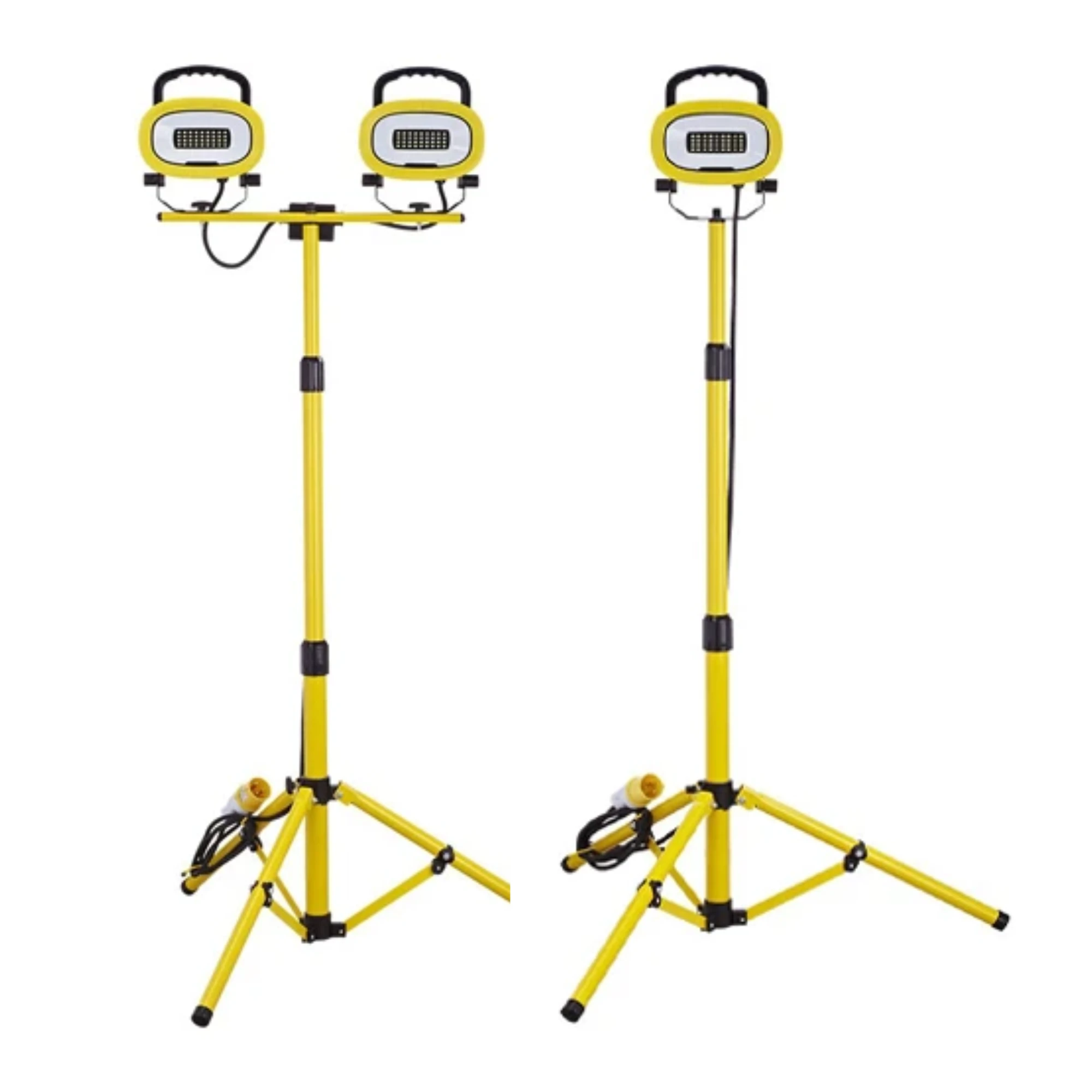
Although mainly used as decorative lighting, festoon lights can help illuminate escape routes for construction sites. They can also assist with low-level lighting for scaffolding, fencing or stairwells (externally or internally)
Festoon lights are typically designed for commercial use to be placed within a domestic setting. For building sites, festoon lights can be strung along any area that needs a low level of light. Festoon lights can also be used as emergency lighting for worklights.
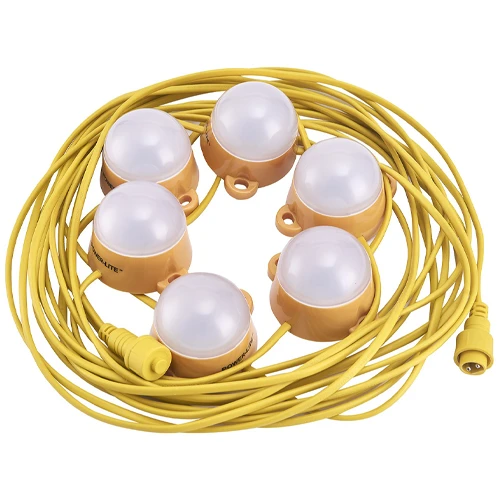
Floodlights are a lighting fixture that creates a bright wash of light. They are especially useful for construction sites which cannot get any natural lighting.
Floodlights use a high beam that can broadcast light to a large space. They are great for construction sites as they offer a consistent, high-intensity level of light across the entire site.
All-round lighting with a consistent high beam from all sides.
These types of worklights provide workers control over the consistency and intensity of their lighting. They offer a homogeneous level of light from all directions. They also ensure that lighting will stay consistent in building sites where natural lighting will be irregular.
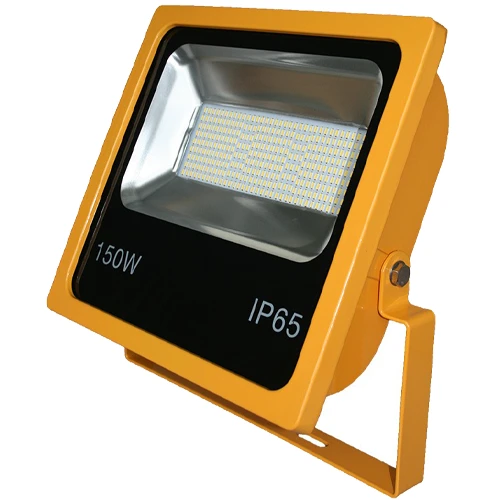
LEDs are unanimously seen as the superior choice of bulb. LEDs have a longer life span, and the robust nature of LED bulbs makes them a safer choice for workers.
Although halogen bulbs were the traditional option, LEDs have gradually become the preferred choice. This is mainly for three reasons.
1. LEDs last longer. The average halogen bulb will last between 1000-2000 hours, whereas LEDs can last from 15,000-40,000 hours!
2. Energy consumption. LEDs are much better for the environment. Both LEDs and halogens change energy into light. However, LEDs only convert 10-20% energy into heat, whilst halogens convert most of their energy into heat (80-90%).
3. Halogens cost more long term. Although LEDs will cost more upfront, the shorter lifespan of halogen light bulbs means they need to be replaced more regularly. Alongside this, the extra costs in repairing any heat damage caused by halogens and the increased risk of fire they create make LEDs an investment for the future.
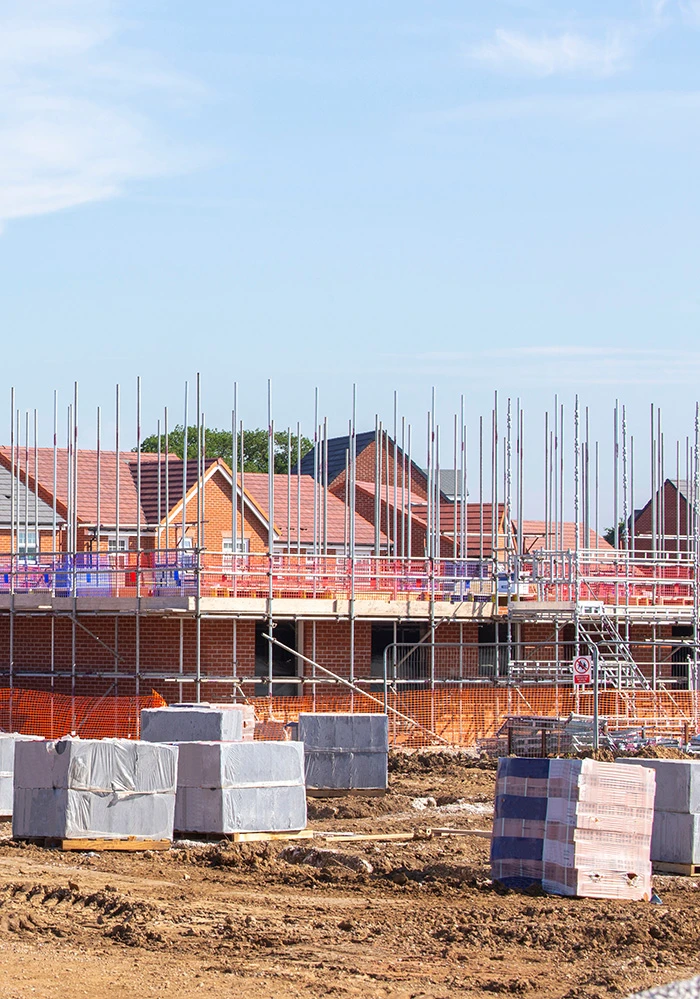
Worksite lighting is about improving visibility to increase workers' safety. The entire worksite must always have adequate levels of light.
Workers must have the following areas well-lit.
Emergency exits,
Walkways
Main work areas
Rest areas
Although the entire area of a construction site must always be well-lit, there are no set rules for where to position the lights. There are, however, UK government construction site lighting recommendations for light placement.
Be careful that lighting does not become a hazard. This could be either the light itself being in the way or where the light is illuminating, obscuring the area. Glare can be dangerous. Building sites need good lighting, but not lights that are so bright people cannot work with them.
Make sure the lighting is even in all areas. Irregular lighting can become a major issue as it may reduce the visibility of hazards. Particularly when working in high areas (on scaffolding) or with dangerous machinery, consistent lighting is vital.
Worklights must be easy to access, and should they require maintenance or replacement
Ensuring construction sites are safely lit is an important practice for workers. Construction sites can be very dangerous, have unstable areas and be littered with hazards that can be easily missed if lighting is not adequate. Good lighting for areas of potential risk, such as building sites, is key.
However, it is also important to remember that the type of lighting can change depending on the selected bulb/light. Before investing in lighting, employers should do a thorough risk assessment of the site. Workers should also work with employers to select the best lighting for the job.
05/03/2025 • by Alice P
25/04/2025 • by Alice P
21/01/2025 • by Alice P